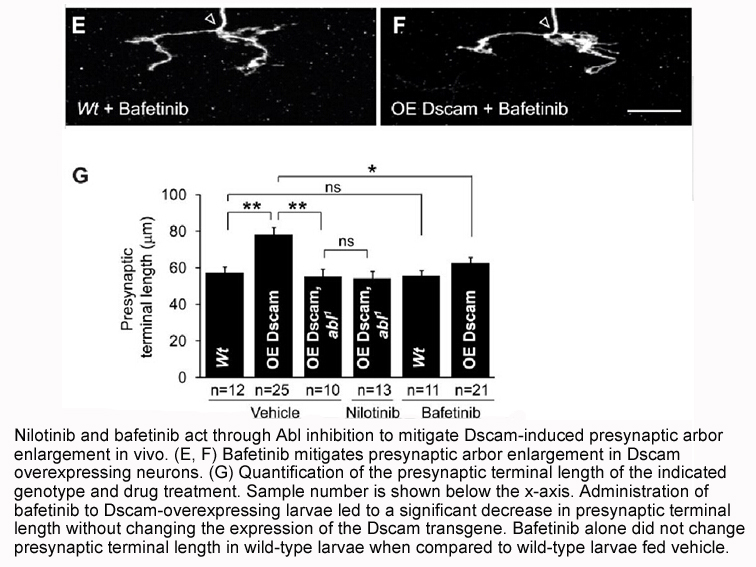Archives
Interpretation AMWHO is a useful
Interpretation AMWHO is a useful forum for students to improve their knowledge of global health issues, and sharpen their skills in diplomacy, communication, problem solving, and conflict resolution. Emory University (Atlanta, GA, USA) will host the next national AMWHO conference in October, 2016. Eight AMWHO chapters have been established at other universities, and a network has been formed to facilitate growth. AMWHO at the University of North Carolina will expand to be a year-round organisation on campus that focuses on global health policy.
Funding None.
Declaration of interests
Abstract
Background Since 2005, funding for global health has increased, not only from donor OECD nations, but also from within low-income and middle-income countries via their own governmental health spending. However, there has been little analysis of budgetary trends in global health from a public finance angle. This study provides a quantitative analysis of the distribution of annual changes in country-level government expenditures for domestic health (1995–2012) using the theoretical lens of budgetary  fgfr inhibitor theory (PET).
Methods We used health financing data from the Institute for Health Metrics and Evaluation to calculate country-level annual changes in government spending on domestic health for 150 countries between 1995 and 2012. We grouped countries into five categories used by the World Bank for analysis: high-income, OECD; high-income, non-OECD; upper-middle income; lower-middle income; and low income. Premised on the importance of policy framing, issue salience, and institutional friction, PET suggests that budgetary change data would show periods of relative stasis, interrupted by punctuations of sudden large-scale change (generating a leptokurtic distribution) rather than steady incremental change. We tested for the degree of budgetary punctuation and compared distributional characteristics between income groups.
Findings Overall, and when grouped by income, the distributions of countries\' pooled annual changes in government health spending were leptokurtic, consistent with PET. As country income decreased across the high-income-OECD, lower-middle income, and low income groups, the distribution of annual changes also became increasingly leptokurtic as hypothesised, and the proportion of annual changes that were positive decreased.
Interpretation We anticipated greater departure from the normal distribution consistent with incrementalist budgeting as country income decreased, and we noted this pattern across the highest and two lowest income groups. However, the high-income non-OECD and upper-middle income groups diverged from this trend in interesting ways, suggesting areas for further research. Better understanding of distributional changes in year-to-year health expenditure patterns and their variation across country income groups could inform policymakers across income groups in ways that a focus on levels of spending alone cannot.
Funding None.
Declaration of interests
fgfr inhibitor theory (PET).
Methods We used health financing data from the Institute for Health Metrics and Evaluation to calculate country-level annual changes in government spending on domestic health for 150 countries between 1995 and 2012. We grouped countries into five categories used by the World Bank for analysis: high-income, OECD; high-income, non-OECD; upper-middle income; lower-middle income; and low income. Premised on the importance of policy framing, issue salience, and institutional friction, PET suggests that budgetary change data would show periods of relative stasis, interrupted by punctuations of sudden large-scale change (generating a leptokurtic distribution) rather than steady incremental change. We tested for the degree of budgetary punctuation and compared distributional characteristics between income groups.
Findings Overall, and when grouped by income, the distributions of countries\' pooled annual changes in government health spending were leptokurtic, consistent with PET. As country income decreased across the high-income-OECD, lower-middle income, and low income groups, the distribution of annual changes also became increasingly leptokurtic as hypothesised, and the proportion of annual changes that were positive decreased.
Interpretation We anticipated greater departure from the normal distribution consistent with incrementalist budgeting as country income decreased, and we noted this pattern across the highest and two lowest income groups. However, the high-income non-OECD and upper-middle income groups diverged from this trend in interesting ways, suggesting areas for further research. Better understanding of distributional changes in year-to-year health expenditure patterns and their variation across country income groups could inform policymakers across income groups in ways that a focus on levels of spending alone cannot.
Funding None.
Declaration of interests
Abstract
Background With the federal scale-up of antiretroviral therapy (ART) in Ethiopia, survival and quality of life for people with HIV/AIDS has increased. However, some patients do not respond to ART. Failure to suppress viral replication leads to increased morbidity and mortality, making early diagnosis of treatment failure imperative for the reduction of negative outcomes for patients. In this quality improvement project, we aimed to find predictors of treatment failure that can be used, with clinical and immunological monitoring, to guide diagnosis of first-line ART failure.
Methods We undertook a retrospective chart review and analysed baseline characteristics of 55 male and female patients, aged 2–54 years, on second-line ART and 55 control patients matched for age, gender, and treatment who continued to respond to first-line ART at the World Wide Orphans/AIDS Healthcare Foundation (WWO/AHF) Family Health Clinic in Addis Ababa, Ethiopia. We used bivariate analyses, and inclu ded significant variables in logistic regression modelling.
ded significant variables in logistic regression modelling.